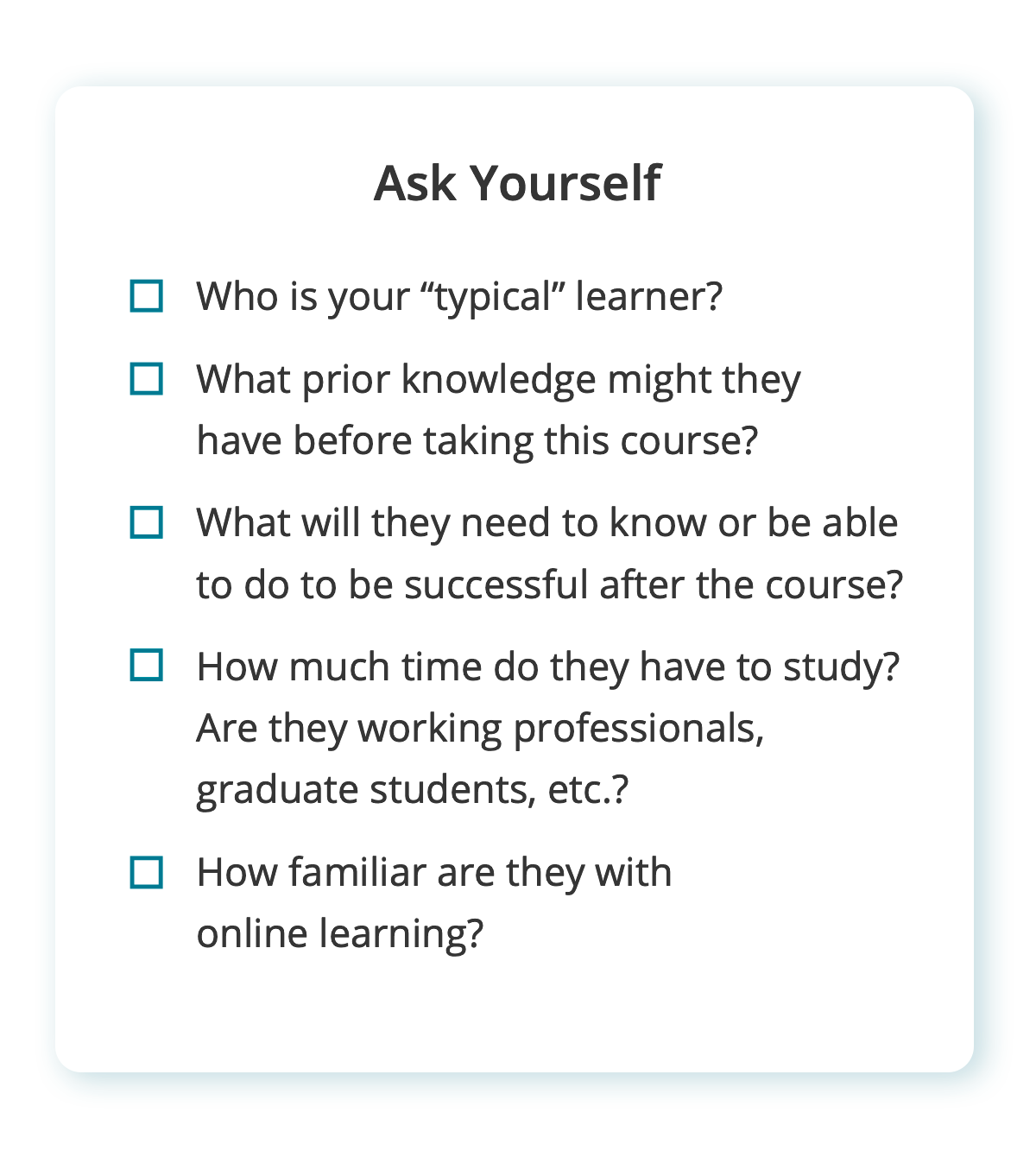3 Phases To Designing For Success in the Current E-learning Landscape
Due to COVID-19 there's a resurgence of interest in online learning, and many organizations are rushing to launch or expand their e-learning efforts. At the same time, the needs and expectations of today’s learners have drastically changed as they look for a personalized learning experience that is accessible to them any time and anywhere.
It's more important than ever for the digital experiences we offer to engage learners and result in real impact. A big question you may be wondering is how do we ensure we hit the mark and—even better—improve our offerings over time?
In a recent webinar with Tagoras, we highlighted an approach to planning, creating, and evaluating learning experiences that start with clearly defined outcomes and focuses on maximizing relevancy and engagement for learners. Here’s how to design for success in the current e-learning environment:
Phase 1: Planning
Planning is extremely important in developing a successful course. It’s tempting to jump in and start creating a course but, if you want a successful course, you have to step back before you step forward. This method of starting backward is commonly referred to as a backward design.
By using backward design, you’re able to build a roadmap for your course that will ultimately help your learners get to their desired destination. Here are three steps of backward design:
- Start by deciding on the desired outcome of your course
- Determine how will you know if learners have met the desired outcomes (i.e tests, quizzes, projects, etc.)
- Begin planning content that aligns to desired outcomes
Once you build the backbone of your course by using backward design, the next step in the planning phase is getting to know your learners and designing your course to meet their needs.
Course design and creation should reflect the needs of your ”typical” learners. Analyze your learners by asking questions that will help you identify who your learners are, what their goals are, and what they are seeking from your course.
Here is a list of some of the questions to ask to get to know your learners better:

After developing your learner’s profile, use it to guide your decisions within the next phase, creating.
Phase 2: Create
The modern learner is more empowered than ever to keep up with the rapidly changing digital landscape. However, when faced with online learning, learners seem to be challenged with motivation, engagement, and discipline. Why is that?
Usually, this tends to occur when a course is not developed properly. Through good design and deliberate decision making, you can make your course more engaging and ultimately have your learners be more motivated to complete your course.
There are many ways you could engage learners within your learning program solution.Here are some we would recommend:
- Onboard learners to the course
- Providing clear learning objectives at the beginning
- Provide relevant content
- Gamification
- Diversified content delivery methods
Another helpful strategy that helps engage learners is social learning. In the Bersin by Deloitte Case Study, they revealed that 80% of workforce learning happens via on-the-job interactions with peers, teammates, and managers.
It goes to show that the modern learner would rather learn with others rather than by themselves. When online learners feel alone in a course, they’re less likely to continue through the course. To combat that, here are a few ways to create a social learning aspect for your learners:
- Incorporate conference calling. When learners can see and hear each other, it creates a sense of belonging.
- Use discussion boards to encourage conversation between learners.
- Create simple videos with the instructor. Learners want to see the mastermind behind the content
The Key for Designing Success
The key to developing successful e-learning is by focusing on the learner at all times. By keeping the learner’s needs top of mind, your learning program will improve learner engagement, enhance learners’ experience, and keep coming back for more.
To design for success within the current e-learning environment, you will need to keep the planning and creating phases in mind. However, there is one more step to consider...
To learn what the final step is, check out the full webinar recording below!

.png)




